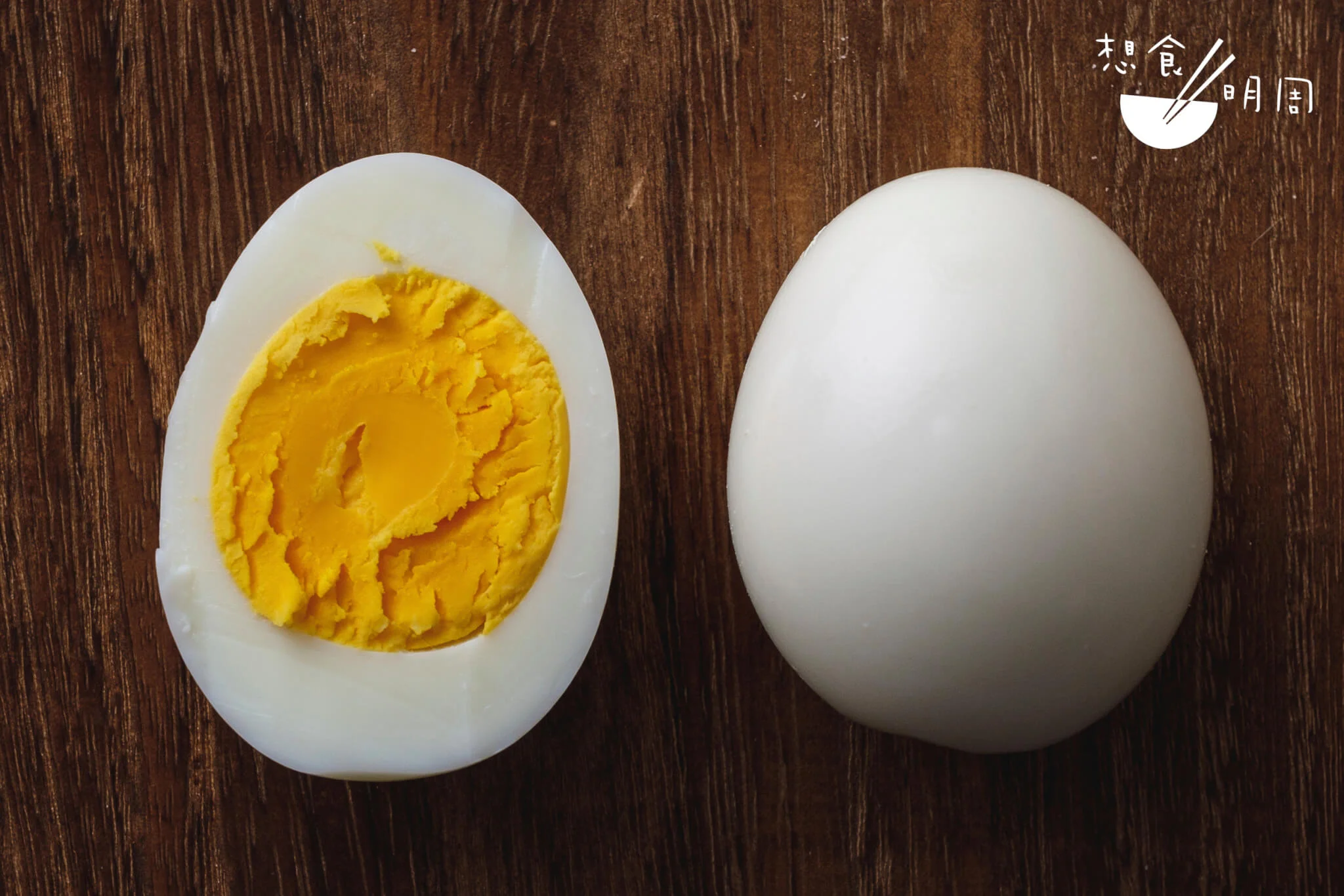Description
Homegrown Foods
🚚 The Fastest Delivery Time : 2-day delivery.
🐝 Supplier / Place Of Origin:Homegrown Foods / Hong Kong
🔖 Certification: Local organic but no certif
🌱 About the Producer / Supplier:
HGF is a unique local online shopping platform. It cooperates with more than 30 local farms and importers to provide more than 1,500 kinds of goods, fruits and vegetables.
🌱 Supplier Products:
🛍 Product Information:
All raised sufficient days, more than 120 days or more
Binomial Name:
Chinese Name:非籠養雞 | 放牧飼養雞
Other Names:Free-range
Product Description:Are there any cage-raised chicken in Hong Kong?
If there are no such labels, You believe they are all caged chickens .
According to the United States' "Certified Humane Raised and Handled" stipulates that free-range chickens must have approximately 2 square feet of space per chicken; free-range chickens must have at least 108 square feet of space per chicken.
Kadoorie Farm in Hong Kong produces cage-free eggs. Many people think that raising cage-free chickens in Hong Kong is illegal. However, the reporter inquired from the Agriculture, Fisheries and Conservation Department, and the department responded that as long as the holders of a livestock breeding license comply with the legal requirements, there are no special restrictions on the breeding methods, but it emphasized that it is illegal for citizens to keep live poultry in free range.
In 1997, an H5N1 avian influenza outbreak occurred in Hong Kong, killing six people and becoming the first human infection with the H5N1 avian influenza virus in the world. In order to reduce the risk of local outbreaks of avian influenza, the Hong Kong government announced a ban on free-range poultry farming in 2006. The issuance of new chicken farm licenses has been suspended, leaving 29 chicken farms in Hong Kong.
Cage-free are not necessarily the same as organic—the USDA requires that cage-free eggs come from chickens that have access to a small fenced-in concrete patch (which they may or may not use).
Why are they still kept in cages?
Cage-raised chicken are more affordable and produce more eggs. First of all, the production cost of caged eggs is about 20% lower than that of non-cage raising, because the hens are trapped in the cage and consume less calories, which can significantly save feed costs. Moreover, cages can strictly control the environmental factors that affect production, including using lights to trick hens into continuing to lay eggs during the short winter days, and hens that lay less eggs or are older are usually eliminated in isolation.
Hens usually lay eggs when they are 18 to 22 weeks old, and their production will slowly increase, reaching peak production at 24 to 30 weeks, and then the production will tend to stabilize. It takes about 25.5 hours from ovulation to laying of an egg. The hen will ovulate again 30 minutes after laying the egg, which means that one egg can be laid every 26 hours. A hen's lifespan is about 7 to 8 years, and it will go through a moulting period during which the egg laying speed will slow down or even stop. However, in order to make hens lay eggs every day, many chicken farmers inject hormones and inject them to force hens to moult early and restart the egg-laying cycle. Therefore, caged egg production is generally higher.
Variety:
Supply Season:When I was a child, my parents liked to raise hens at home and would harvest the eggs of the day and eat them. The aroma of the eggs is still unforgettable. Although this kind of taste is difficult to find in large-scale industrialized farms, the only chance to find it now is at the Kadoorie Farm and Botanical Garden in Tai Po (Kadoorie Farm). The prerequisite is a bit of fate.
Since the chicken come from our own farm, the number of eggs cannot meet the demand and can only be booked according to the reservation mode, 30 eggs at a time.
Storage Method:After receiving the goods, please store it in the refrigerator at a temperature below 10 degrees.













